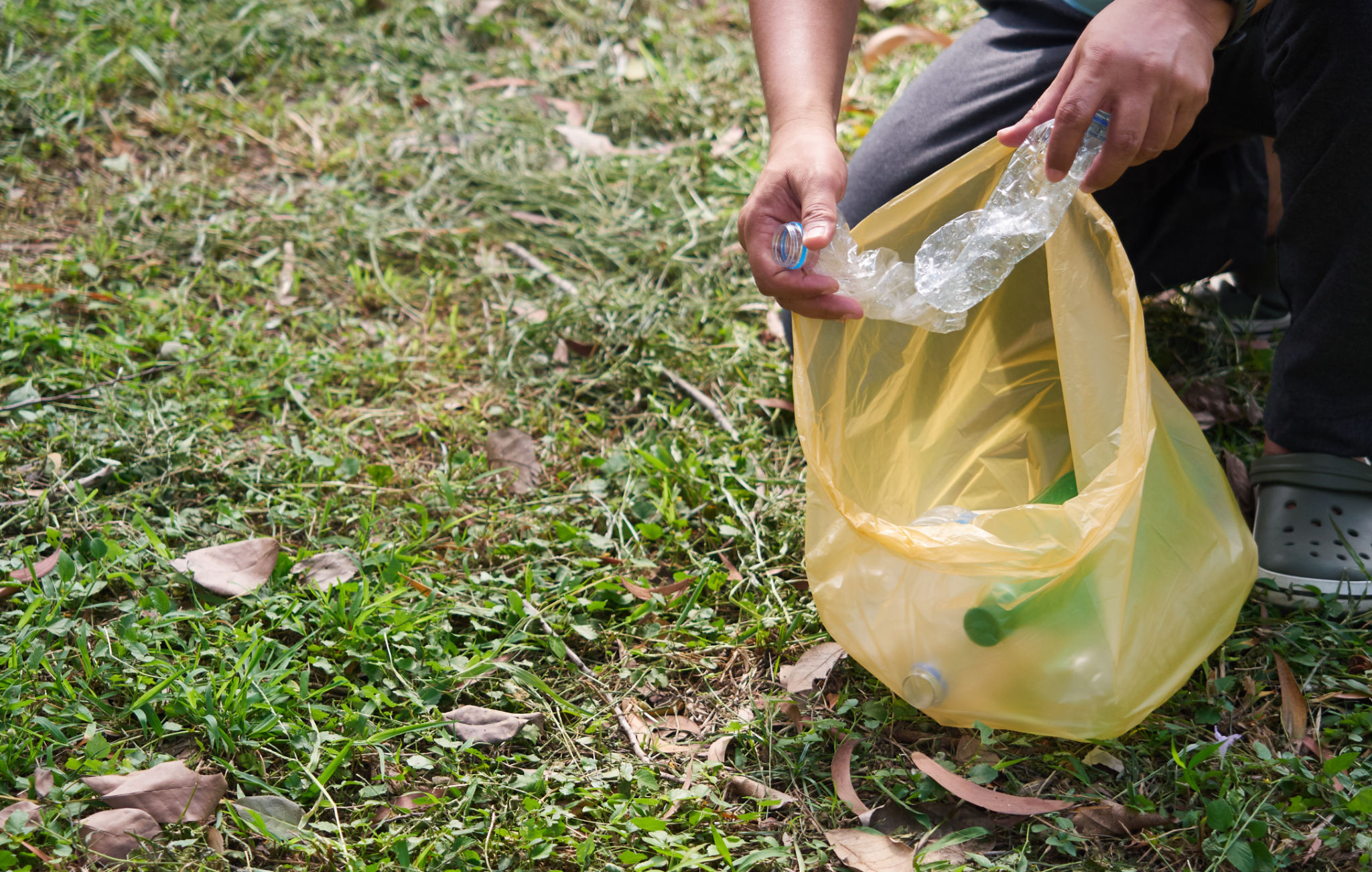Common Misconceptions About Offroad Accessories in Colorado
Understanding Offroad Accessories
Offroading is a thrilling activity enjoyed by many adventurers in Colorado, but it comes with its challenges and misconceptions, particularly about the accessories needed. Understanding these common misconceptions can help enthusiasts make informed decisions about outfitting their vehicles for the rugged terrains of this beautiful state.

Misconception 1: Bigger Tires Are Always Better
One of the most prevalent misconceptions is that bigger tires are always better for offroading. While larger tires can provide additional ground clearance and a more aggressive look, they aren't always necessary or beneficial for every trail. In some cases, they can even compromise your vehicle's performance by affecting fuel economy, handling, and suspension wear.
Consider the Terrain
Before opting for bigger tires, consider the specific terrain you plan to tackle. Rocky trails might benefit from larger tires, while muddy or sandy trails might perform better with specialized tread patterns. It's essential to match your tires to the terrain rather than just going bigger for the sake of it.
Misconception 2: Lift Kits Guarantee Better Performance
Many offroad enthusiasts believe that installing a lift kit will automatically enhance their vehicle's performance. While lift kits do provide additional clearance, they don't inherently improve performance and can sometimes negatively impact handling and stability.

Balance Is Key
Lift kits should be chosen carefully, considering the balance between height and stability. A moderate lift can improve clearance without significantly altering the vehicle's center of gravity, ensuring better performance and safety on the trails.
Misconception 3: All Offroad Accessories Need to Be Installed at Once
There's a common belief that all necessary offroad accessories should be installed at once to fully prepare a vehicle for offroading. This isn't true and can lead to unnecessary expenses. Each accessory should be considered based on personal needs and the type of offroading planned.
Prioritize Your Needs
Start by identifying the most essential accessories for your adventures. For example, if you're frequently navigating rocky terrain, skid plates might be a priority. Alternatively, if you're tackling muddy trails, investing in a good set of mud tires could be more beneficial. Building your setup over time allows you to tailor your vehicle precisely to your needs.

Misconception 4: Offroading Damages Vehicles Beyond Repair
Many people fear that offroading will inevitably lead to severe damage to their vehicles. While offroading can be tough on vehicles, proper maintenance and choosing the right gear can mitigate risks significantly.
Maintenance Matters
Regular maintenance checks are crucial for keeping your vehicle in top condition. Routine inspections of critical components like suspension, tires, and brakes will help catch potential issues early. Using quality accessories designed for offroad use also ensures durability and longevity.
Conclusion
Navigating the world of offroad accessories in Colorado involves understanding common misconceptions and making informed decisions based on your specific needs and terrain challenges. By debunking these myths and focusing on practical choices, you can enhance your offroading experience while ensuring your vehicle remains reliable and ready for adventure.
